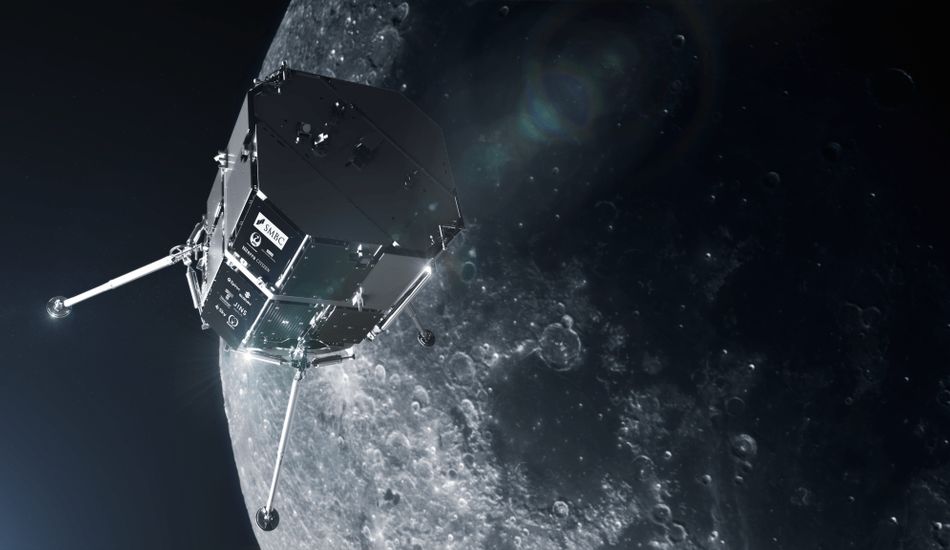
European Lunar Rover Mission Fails
The Tenacious lunar rover, a European-made vehicle intended to be the first of its kind to land on the moon, appears to have been lost during a recent landing attempt. The rover, aboard the ispace HAKUTO-R lander, lost contact during its descent, strongly suggesting a mission failure. This represents a significant blow, not only for the Japanese company ispace, but also for the European Space Agency (ESA) which supported the mission.
Impact on European Space Ambitions
This setback is particularly disheartening for Europe. Tenacious, built by ispace-EUROPE in Luxembourg, was a pivotal part of Luxembourg’s SpaceResources.lu initiative, a program designed to establish the country as a leader in the commercial exploitation of lunar resources. The rover's successful landing would have advanced Luxembourg’s ambitions in this arena, as well as creating a first for European companies by securing a contract with NASA for regolith sample collection.
More Than Just Science
Beyond the scientific and commercial objectives, the mission included a unique artistic element: a miniature red house called The Moonhouse. This project aimed to symbolically represent the expansion of human presence beyond Earth and serves as a reminder of the broader significance of space exploration.
The loss of Tenacious is a setback, but the efforts made by ispace, the ESA, and Luxembourg to participate in the commercial space race remain noteworthy. The incident highlights both the challenges and opportunities of private sector involvement in lunar exploration.
1 Image of Lunar Rover Failure:


Source: TechCrunch